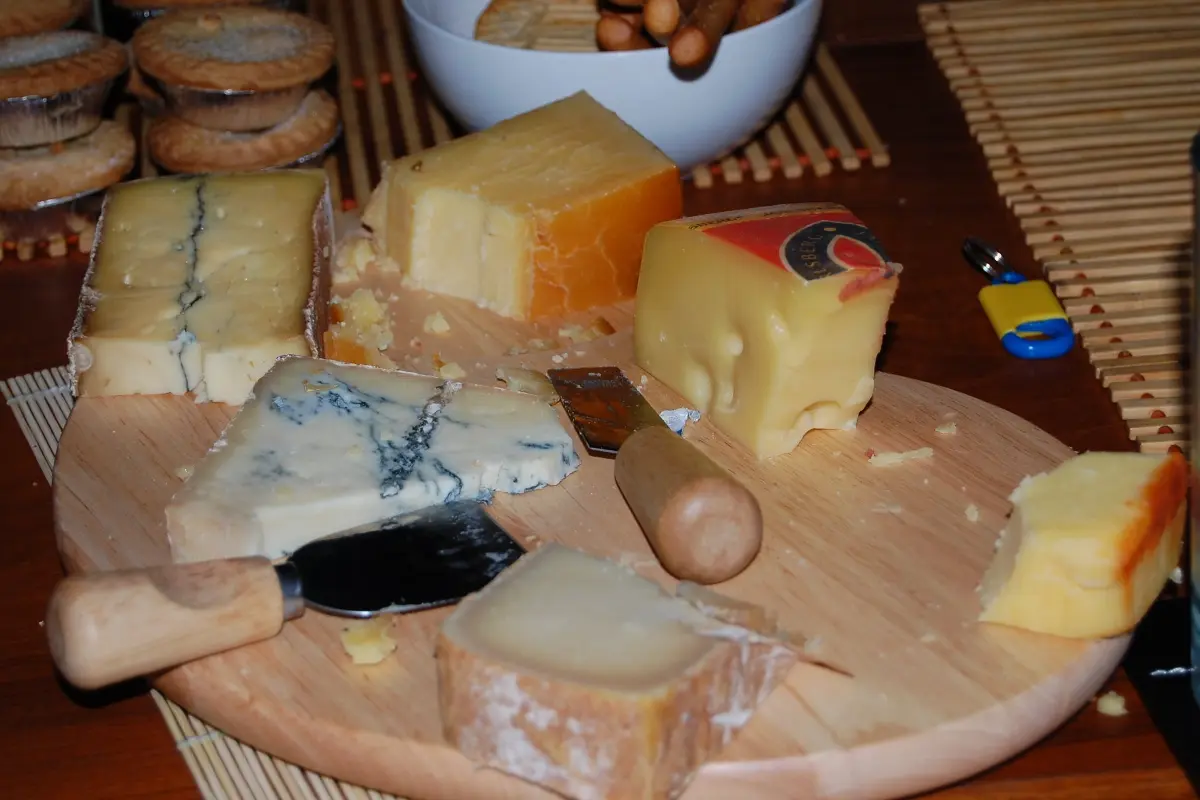
Do the antibiotics in cheese affect the microbiome?
Interesting results of an American study regarding the development of bacteria on scabs

Mushrooms produce metabolites that humans have used to improve health. For example, they secrete penicillin, which is then purified and used as an antibiotic for humans, leading to the development of many other antibiotics. However, the ecology of fungal metabolites in microbial communities is still not well understood. In a new US study, researchers used cheese rinds to show that fungal antibiotics can influence how microbiomes develop. The survey is published in mBio, a journal of the American Society for Microbiology.
The team of Benjamin Wolfe, associate professor in the Biology Department of Tufts University has started a collaboration with Nancy Keller's laboratory at the University of Wisconsin to understand how the mold that developed on the rind of cheeses and what substances were chemicals capable of destroying the crust.
To conduct their study, the researchers first knocked out a gene (laeA) in the Penicillium mold that controls the expression of chemicals that the fungi can secrete into the surrounding environment, meaning most of the antibacterial activity was lost. of Penicillium. This result was decisive, as it allowed the researchers to narrow down the specific regions of the fungal genome that could be responsible for producing the antibacterial compounds. Eventually, researchers narrowed it down to a class of compounds called pseurotins. These are metabolites produced by a number of fungi that have been shown to have interesting biological activities, including modulating the immune system, killing insects and inhibiting bacteria.
The study showed that pseurotins can control the growth and development of bacterial communities living with fungi. Pseurotins produced by the Penicillium mold in cheese strongly inhibit some bacteria over others. This radically changed the composition of the cheese rind microbiome in the presence of the pseurotins produced by Penicillium. "Our findings suggest that some nuisance mold species found in artisanal cheeses can disrupt normal cheese development through the use of antibiotics," said Professor Wolfe . “These results allow us to work with cheesemakers to identify which molds are the bad ones and how to manage them in their caves, and help us understand that every time we eat an artisan cheese, we consume the metabolites that the microbes use to compete and cooperate in communities”.
EFA News - European Food Agency